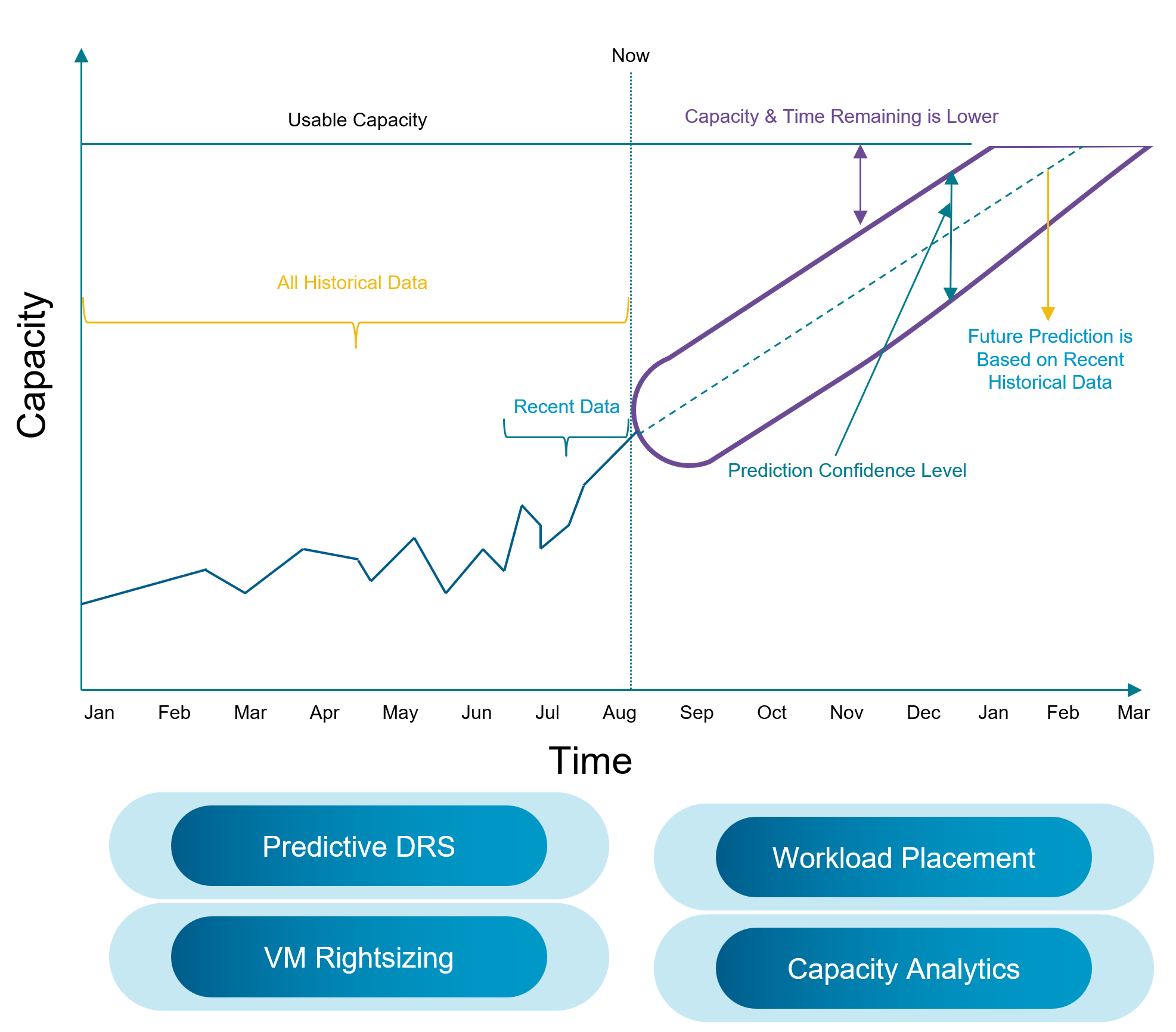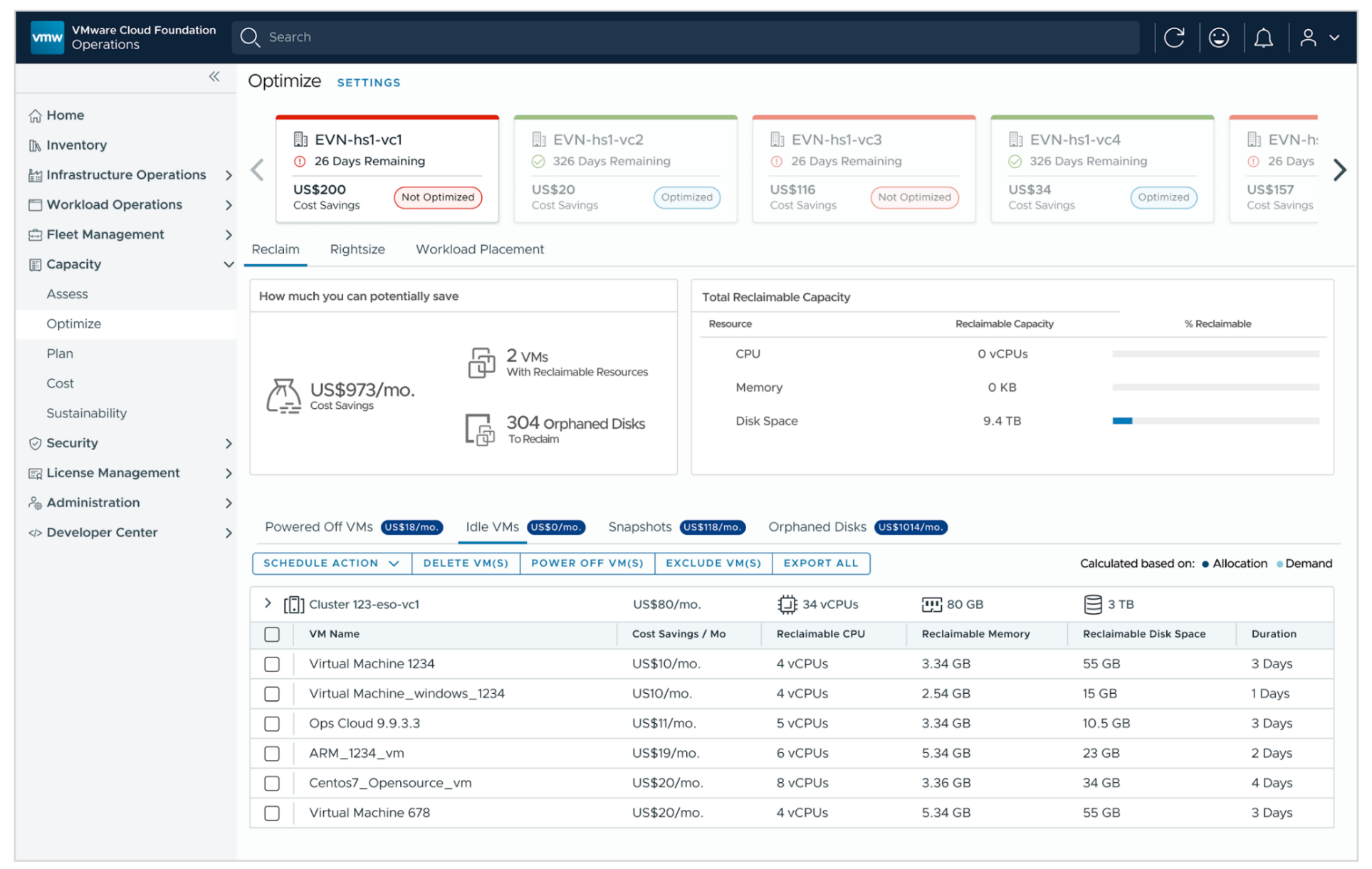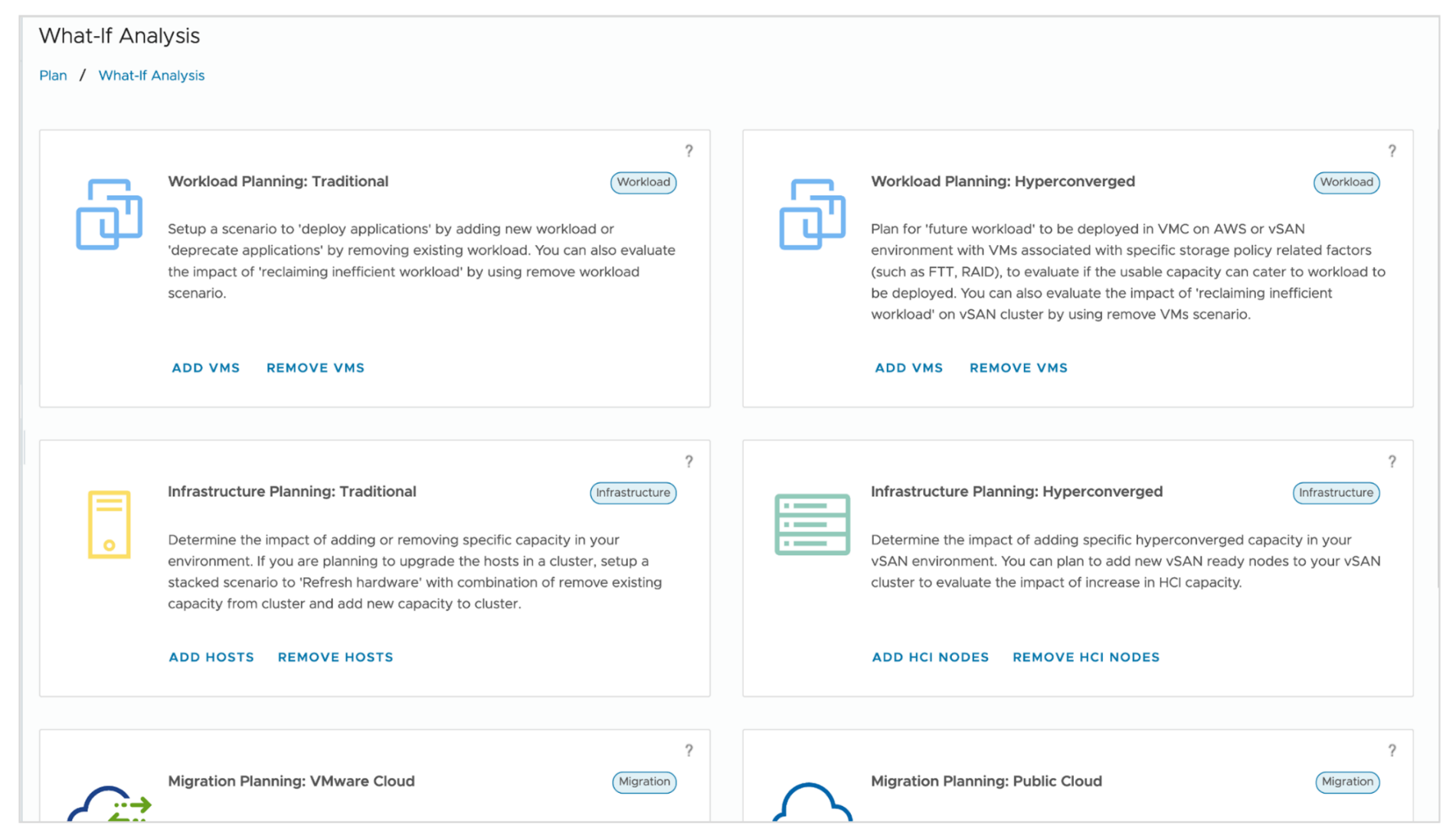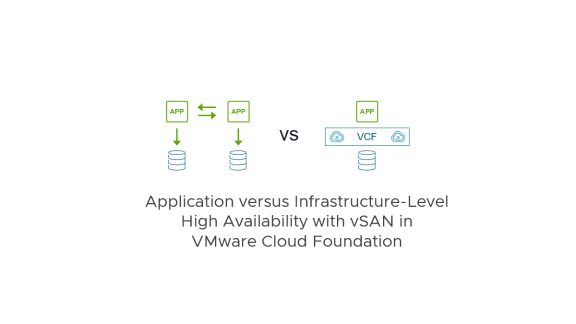Ever feel like your IT resources are either bursting at the seams or sitting idle (and costing a fortune)?
Welcome to the world of capacity management.
In this post, we’ll break down what it really means, why it’s harder than it looks, and the common challenges that leave IT teams scrambling.
At its core, capacity management is about making sure your IT resources—servers, storage, networks, and cloud services—are sized just right. Not too big, not too small. Think of it like budgeting: enough to get the job done today, with a plan for tomorrow.
Here’s what goes into it:
- Monitoring usage: Keeping an eye on CPU, memory, storage, and bandwidth.
- Forecasting demand: Predicting spikes before they hit you.
- Optimizing resources: Moving workloads around or fine tuning performance.
- Strategic planning: Lining up IT with the bigger business picture.
Sounds straightforward, right? Well… not exactly.
The Challenges:
- Getting good, real-time data is harder than it looks.
- Forecasting demand is like predicting the weather—it’s tricky.
- Tools are often complex, siloed, or hard to integrate.
- And always, always the balancing act between cost and performance.
And with many businesses cutting back on capital spending (CAPEX), capacity management is only getting harder. That means dealing with aging infrastructure, resource shortages, and pressure to squeeze more out of what you already own.
How VMware Cloud Foundation Makes Capacity Management Smarter
So, how do you handle all those challenges without losing your mind (or your budget)?
Enter VMware Cloud Foundation Operations.
This isn’t just another monitoring tool. VMware Cloud Foundation takes capacity management to the next level with:
- AI-powered forecasting: Predict when you’ll run out of capacity.
- Rightsizing workloads: Make sure your VMs get exactly what they need—no more, no less.
- Reclaiming wasted space: Like clearing out old snapshots, unused VMs, or orphaned disks.
- What-if scenarios: Test-drive changes before you commit money or time.
Think of VMware Cloud Foundation as a co-pilot for your 3-step capacity management journey:
- Step 1: Assess: Do I have enough capacity today?
- Step 2: Optimize: Where can I cut waste without hurting performance?
- Step 3: Plan: How much will I need tomorrow—and what’s the cost?

Behind the scenes, an AI/ML engine crunches your data, spots patterns, and even adapts when your environment changes. That means you’re not just looking at yesterday’s numbers—you’re planning for tomorrow.
Capacity Engine
So, VMware Cloud Foundation leverages an AI/ML-powered analytics component that analyzes historical data and predicts future workload utilization to provide insights into resource capacity, as we go from assessing, optimizing, and planning for future capacity needs.
And those components are:
- Predictive Analytics: Instead of just showing past usage, it takes your historical data and projects it into the future to estimate when you might run out of capacity.
- Periodicity Awareness: It understands patterns in your usage based on the calendar, like daily or weekly cycles, and incorporates these into its predictions.
- Exponential Decay*: The engine gives more weight to recent usage data, allowing it to adapt quickly to changes in your environment
- Multi-feature Use: This engine’s projections are used across many features within VMware Cloud Foundation, such as workload optimization, right-sizing virtual machines, cost analysis, and migration planning
Essentially, it helps you proactively manage your IT infrastructure by predicting resource needs based on intelligent analysis of past and current trends.
*Note: Exponential decay assigns greater significance to recent data points while still considering older information, effectively looking back an “unlimited” amount of time in theory. However, in practice, the weighting assigned to historical data decreases exponentially as it goes further back in time.

From Firefighting to Future-Proofing: Capacity Management in Action
Enough theory—it’s time to see how this works in real life. Let’s walk through practical examples of how VMware Cloud Foundation helps you assess what you have, optimize what you use, and plan for what’s next.
Spoiler: It’s all about fewer surprises, lower costs, and smarter IT decisions.
With VMware Cloud Foundation, you can:
1. Assess Capacity
- Get a big-picture view of your data centers.
- See which clusters are running hot and which are in the green.
- Know exactly how long before capacity runs out (days, not guesses!).
- Identify reclaimable resources and the cost savings attached.

To see VMware Cloud Foundation’s Capacity Assessment tools in action, refer to this video.
2. Optimize Capacity
- Use the Reclaim feature to safely clean out idle VMs, old snapshots, and orphaned disks.
- Rightsize workloads by scaling them up or down based on real usage.
- Automatically enforce policies, so you’re not chasing down issues manually.

To see VMware Cloud Foundation’s Capacity Optimization tools in action, refer to this video.
3. Plan Capacity
- Run “what-if” scenarios for new projects.
- Model infrastructure changes—like adding a new host—and see the financial impact.
- Compare costs across different datacenters before migrating workloads.

To see VMware Cloud Foundation’s Capacity Planning tools in action, refer to this video.
The End Result
The end result after you’ve mastered all of these Capacity Management capabilities?
- Fewer surprises when demand spikes.
- Lower costs by eliminating waste.
- Smarter planning backed by data, not guesswork.
Final Thoughts
Capacity management isn’t just about keeping the lights on—it’s about future-proofing your IT. With VMware Cloud Foundation, you can stop firefighting and start planning with confidence.
So, whether you’re worried about running out of capacity in 54 days or just want to make sure you’re not paying for stuff you don’t use, VMware Cloud Foundation helps you turn chaos into clarity.
Discover more from VMware Cloud Foundation (VCF) Blog
Subscribe to get the latest posts sent to your email.







